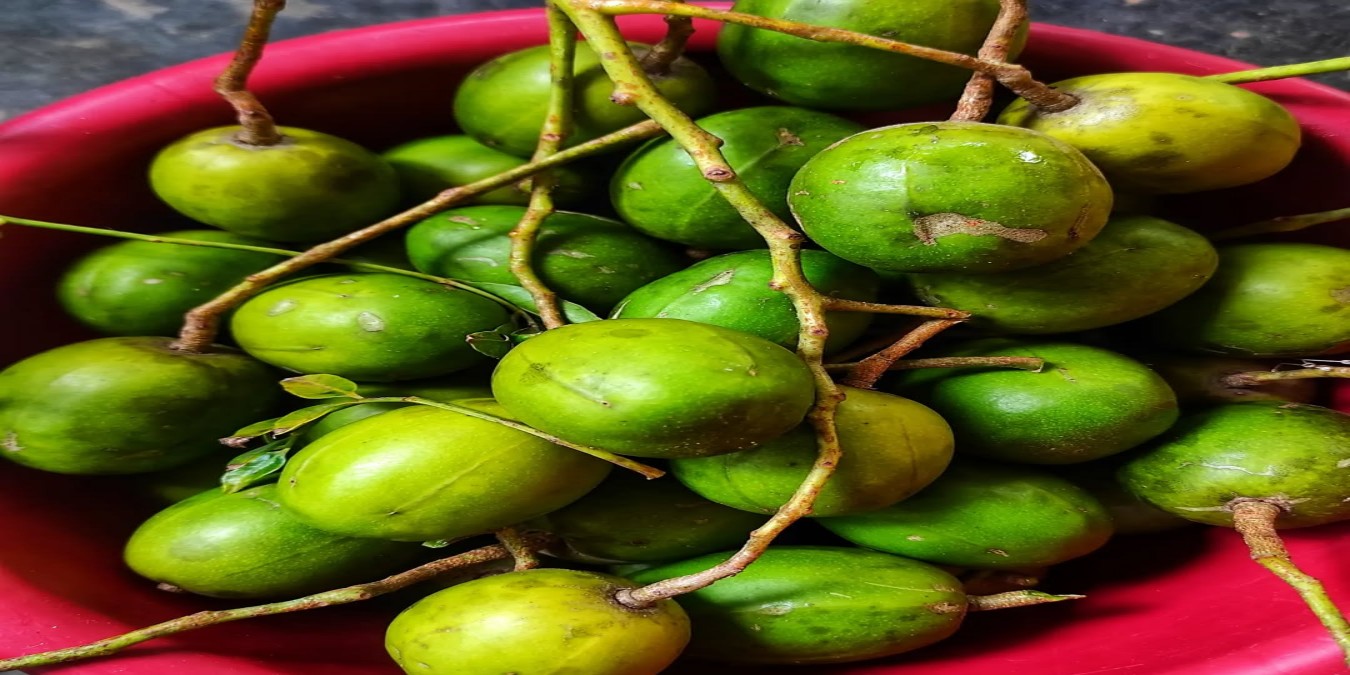Growing quietly along Tobago’s warm hillsides and sandy village paths is a small but remarkable island treasure: the Hog Plum. It may not tower like a cedar or sway like a coconut palm. Still, this humble fruit tree carries a story woven deep into Tobago’s history, one shaped by ancient peoples, colonial voyages, and generations of Tobagonian hands.
Long before Tobago’s plantations, towns, and fishing villages appeared, the Hog Plum was already part of the island’s natural pantry. Indigenous communities across the Caribbean knew the tree well, its sharp scent, its thorny branches, its tart golden fruit packed with flavour. They used the plum for food, for medicine, and for trade, passing its seeds from village to village as naturally as one shares a good story.
When Europeans began crossing the Atlantic and reshaping the Caribbean, the Hog Plum’s journey expanded. Sailors, farmers, and migrants carried related plum species between the Americas, Africa, and the Pacific, and Tobago soon became a meeting place for these wandering fruit trees. Some arrived with the First Peoples, some with enslaved Africans, and others with East Indian and Asian migrants. Over centuries, these lineages blended into the familiar hog plum trees scattered across Tobago today, each one a living memory of the island’s layered past.
In village life, the tree became more than food. Children grew up shaking its branches for fallen fruit, racing to see who could eat the sourest one without flinching. Grandparents made chutneys, preserves, and cooling juices. Fishermen carried a few plums in their pockets for long days at sea. Market vendors turned their pulp into spicy pickles that brought life to any Sunday lunch.
And like many of Tobago’s beloved plants, the Hog Plum earned a place in traditional bush medicine. Its leaves and bark are steeped into healing teas, and its fruit is used to soothe fevers and aid digestion. It became one of those quiet helpers never demanding attention, always ready to serve.
Even today, the Hog Plum remains part of Tobago’s living heritage. You’ll find its branches stretching over wooden fences, its fruits littering village roads after a windy night, its scent drifting through backyard kitchens. Simple, honest, unmistakably Caribbean.
A small fruit, perhaps, but one carrying centuries of island memory, passed from hand to hand, generation to generation, seed to soil… still growing, still giving, still very much Tobago.


Comments